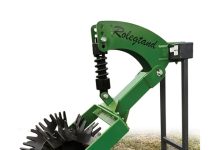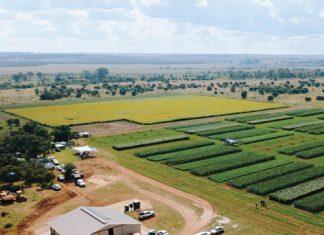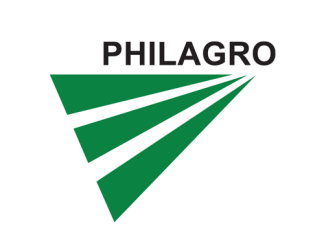Producers and farmworkers should be aware that their crop protection product labels are changing and will continue to do so for a while. The reason for this is because of the Globally Harmonised System of Classification and Labelling of Chemicals, or GHS for short, which affects chemical agents in various industries. This article will focus on products used in the crop protection industry.
The need for GHS arose because of the global trade of chemicals, which often cross boundaries into areas with different languages and varying levels of literacy, thereby creating challenges when communicating safe and responsible usage instructions of the products. In South Africa, GHS became a legal requirement as from September 2022 and is stipulated in the Regulations for Hazardous Chemical Agents No. R280 of 29 March 2021. Since then, the labels and safety data sheets of crop protection products must follow a standardised approach in communicating the hazards of the chemical. However, bear in mind that there is a transition period for chemicals that were already imported or manufactured prior to this date.
It is very important for producers and farmworkers to understand the new layout, because the hazards associated with a particular chemical, their nature and severity, are communicated through a number of elements, such as hazard statements, pictograms and signal words on both the label and the safety data sheet of the product.
Hazards
First, a look at the classification criteria of these hazards. According to the GHS, the nature of a hazard is assigned according to a hazard class, of which there are currently 29. Of these, 17 are physical hazard classes such as oxidising liquids, ten are health hazard classes such as skin corrosion/irritation, and two are environmental hazard classes, namely hazardous to the aquatic environment or hazardous to the ozone layer.
These classes belong to a hazard group or type, depicted by a pictogram that can be used for several different hazards. Within these classes, the severity of the hazard is then allocated in terms of a hazard category expressed as a number, for instance category 1 would be the most severe. Some of these categories are further sub-divided into divisions, which are expressed as a letter, such as A, B, C and so forth.
One of the biggest changes on the labels is the fact that there will no longer be a colour band illustrating toxicity of the product. This might be concerning to some, but one should note that with the GHS classification, the hazard of the product is determined using acute and chronic toxicity, whereas the colour bands only considered acute toxicity, meaning that the new classifications are more comprehensive.
Taking precaution
The GHS also uses hazard statements, pictograms and signal words to communicate the hazard of the chemical, as well as precautionary statements to mitigate any potential risks. Hazard statements are phrases that describe the hazard/s as determined by the hazard classification. They start with the letter H, followed by three numbers. For physical hazards, the statement will start with H2 (followed by two additional numbers), health hazards start with H3 and environmental hazards with H4, for example: H300: Fatal if swallowed. These hazard statements appear both on the label as well as on the safety data sheet. However, the code (Hxxx) only needs to appear on the safety data sheet and not on the label.
Precautionary statements are used to explain how to handle these substances, as well as which precautions to take to ensure any risk associated with handling the product is mitigated. The precautionary statements are preceded by the letter P and three numbers that are also categorised according to type, similar to the hazard statements. General statements will start with P1 followed by two numbers, prevention statements with P2, response statements with P3, storage statements with P4 and disposal statements with P5, for example: P264: Wash hands thoroughly after handling. These statements appear on the product label and the safety data sheet and are linked to a specific hazard statement and pictogram. As with the hazard statements, the codes (Pxxx) are only required on the safety data sheet and not the actual label. Both the hazard statements and precautionary statements must have headings indicating which type of statements they are, and they must be placed to the right of the associated pictogram.
As mentioned, pictograms are used to depict nine different chemical hazard types, illustrated in Figure 1. A signal word should appear on the label of which there are only two: ‘Danger’ which indicates the more severe hazard, or ‘Warning’ indicating a less severe hazard. Only one signal word should appear on the label.
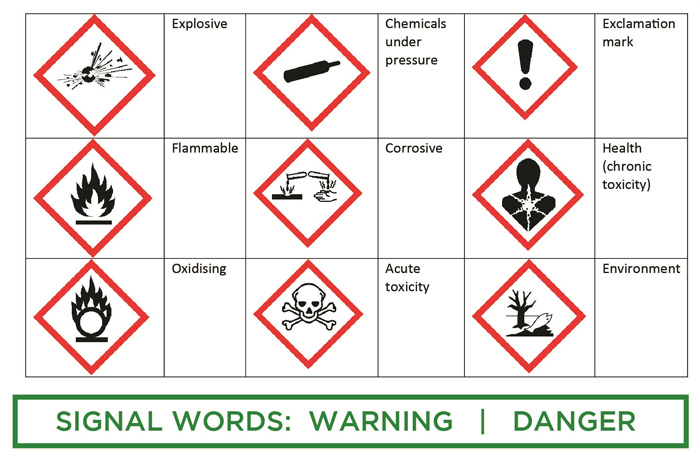
Conclusion
These are just a few elements of the GHS, mostly pertaining to the product label, because the entirety of the GHS is beyond the scope of this article. It is critical that producers and farmworkers familiarise themselves with these important elements. The aim of the GHS is to communicate the inherent hazard of the chemical. Because of this hazard, there are certain risks involved with working with the product, but these are mitigated if the label instructions are followed.
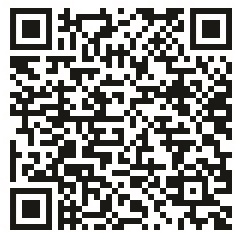
Just because a product is hazardous, does not mean it cannot be applied safely. A vehicle, for instance, can also be a hazard if one considers the number of accidents on the road, but vehicles aren’t just banned altogether because of this. Instead, the risk is mitigated by wearing a safety belt, adhering to the speed limit and following other road safety regulations. The same logic applies when working with hazardous chemicals, which is why understanding the product label is so important.
It is important to remember that any application of a crop protection product in any manner other than the label instructions is a contravention of the law. Producers should make sure they, and any person working with them, know exactly how to use these products safely and responsibly.





